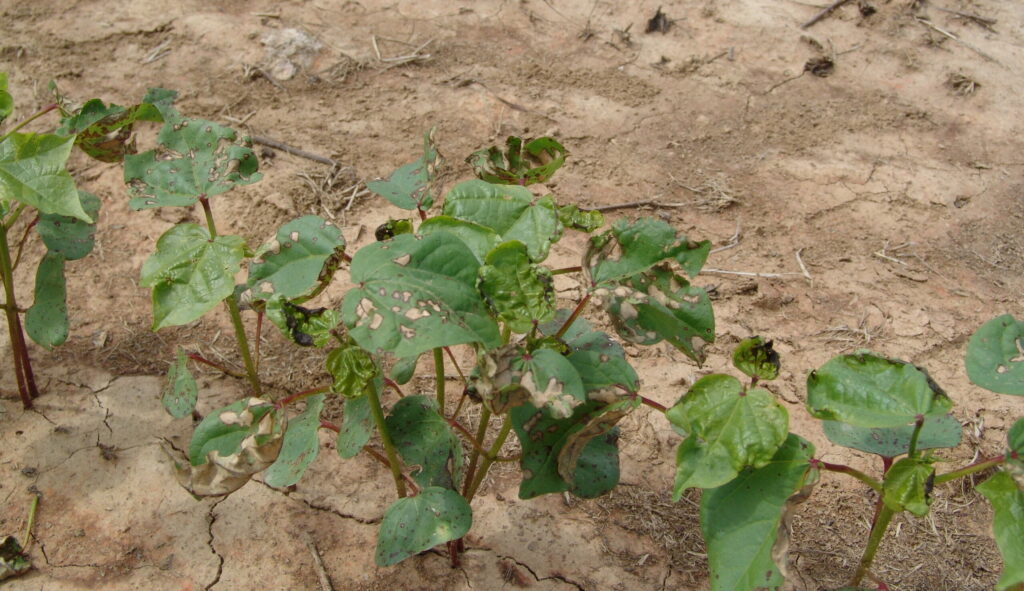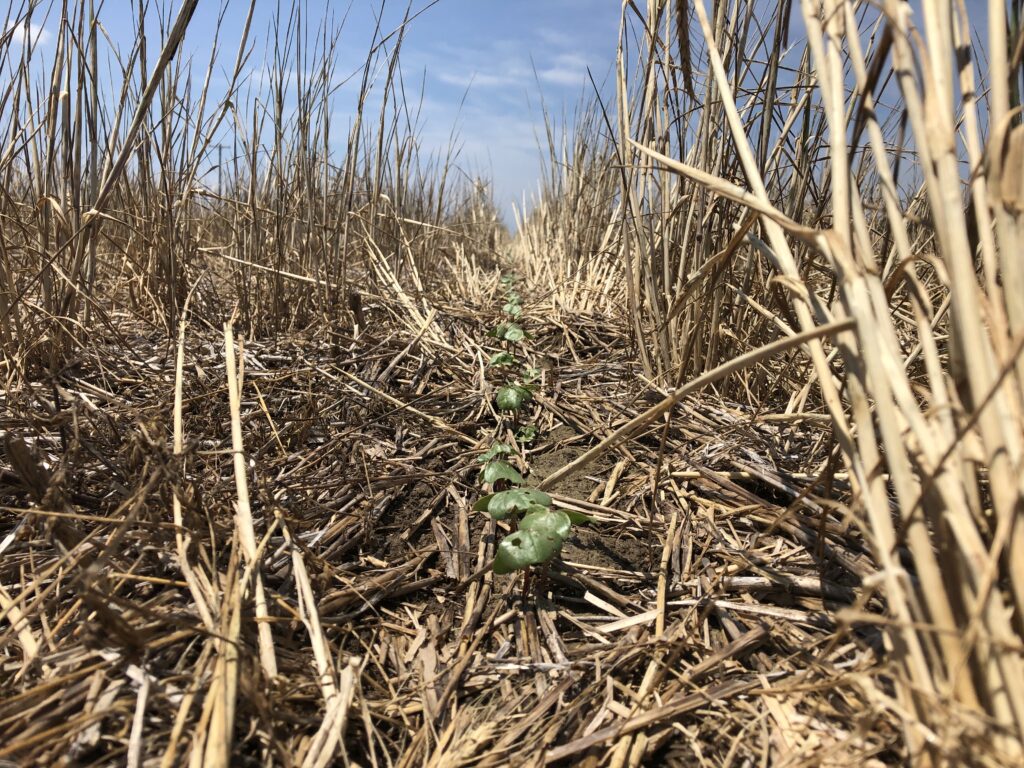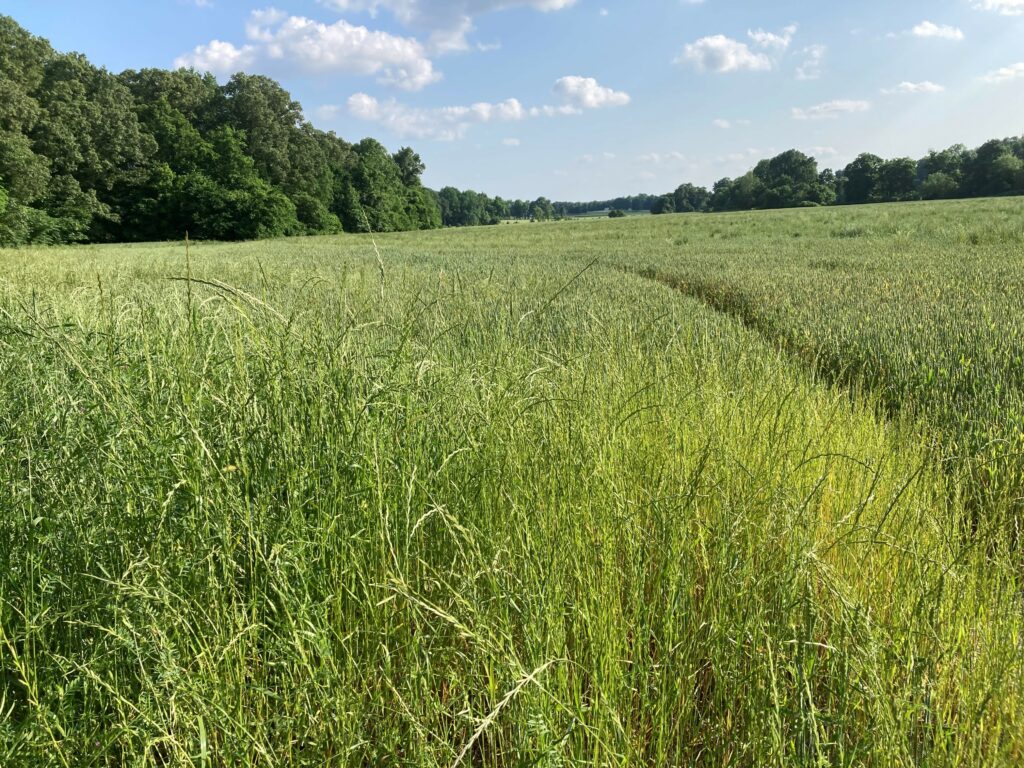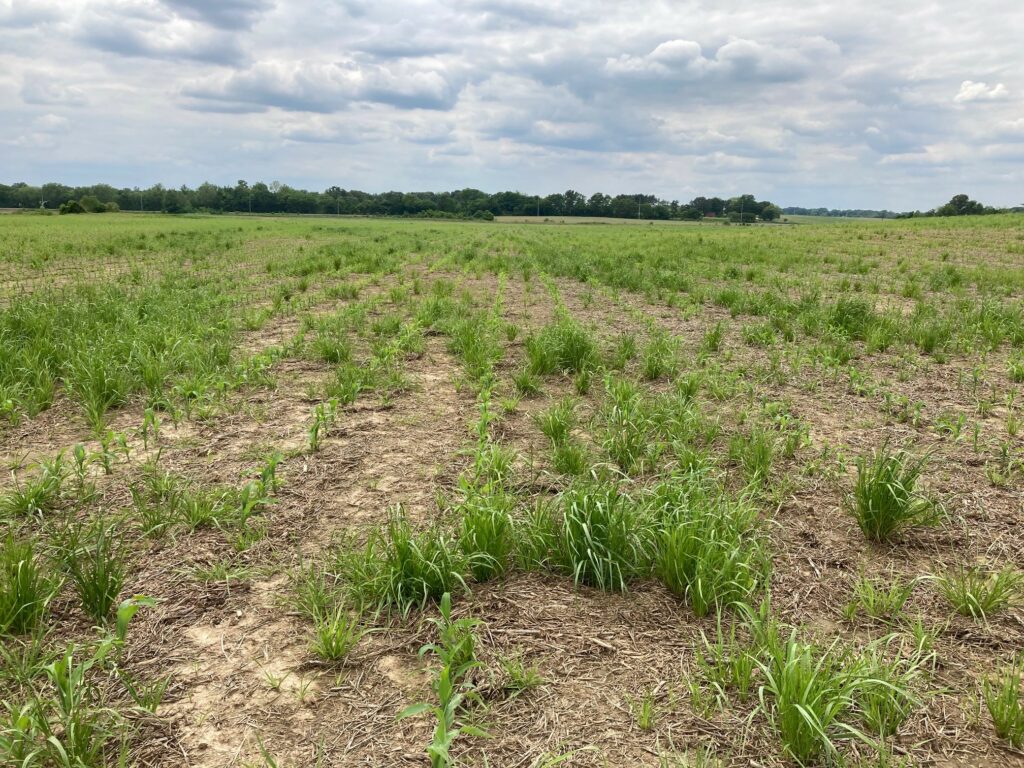I’ve received several phone calls over the past few days with concerns about rice stink bug in wheat. Rice stink bugs have to be present in extremely high numbers to cause economic damage to wheat. There is no sweep net threshold for stink bugs in wheat and once the crop hits the hard dough stage injury potential is significantly reduced. Keep in mind that stink bugs are transient in wheat and can often be found in high numbers one week and disappear the next. Stink bugs will often congregate on the edges of field crops and wheat is no different. High numbers of stink bugs will often be found on borders and diminish the further you move into a field. Since we normally do not treat for stink bugs in wheat, large numbers can move into seedling corn in adjacent fields. Corn smaller than 24 inches is at risk for stink bug injury and seedling corn with 10% or more infested plants should be treated. Rice stink bugs are not a cause for concern in corn, brown stink bugs are the primary species that injury seedling stage corn.



 Strong thunderstorms brought heavy rainfall and isolated hail to some areas of the MidSouth last weekend (5/13-5/15). Reports of hail damage have not been widespread and many welcomed a rather helpful rainfall event. Still, those who caught hail are assessing their damaged stand and those who caught the heaviest rainfalls are trying to determine if a replant is warranted. In this blog, I summarize some recent research conducted by the MidSouth Cotton Specialists’ Working Group on hail damage and planting date/populations and discuss the applicability of those findings to our current situation.
Strong thunderstorms brought heavy rainfall and isolated hail to some areas of the MidSouth last weekend (5/13-5/15). Reports of hail damage have not been widespread and many welcomed a rather helpful rainfall event. Still, those who caught hail are assessing their damaged stand and those who caught the heaviest rainfalls are trying to determine if a replant is warranted. In this blog, I summarize some recent research conducted by the MidSouth Cotton Specialists’ Working Group on hail damage and planting date/populations and discuss the applicability of those findings to our current situation. 
